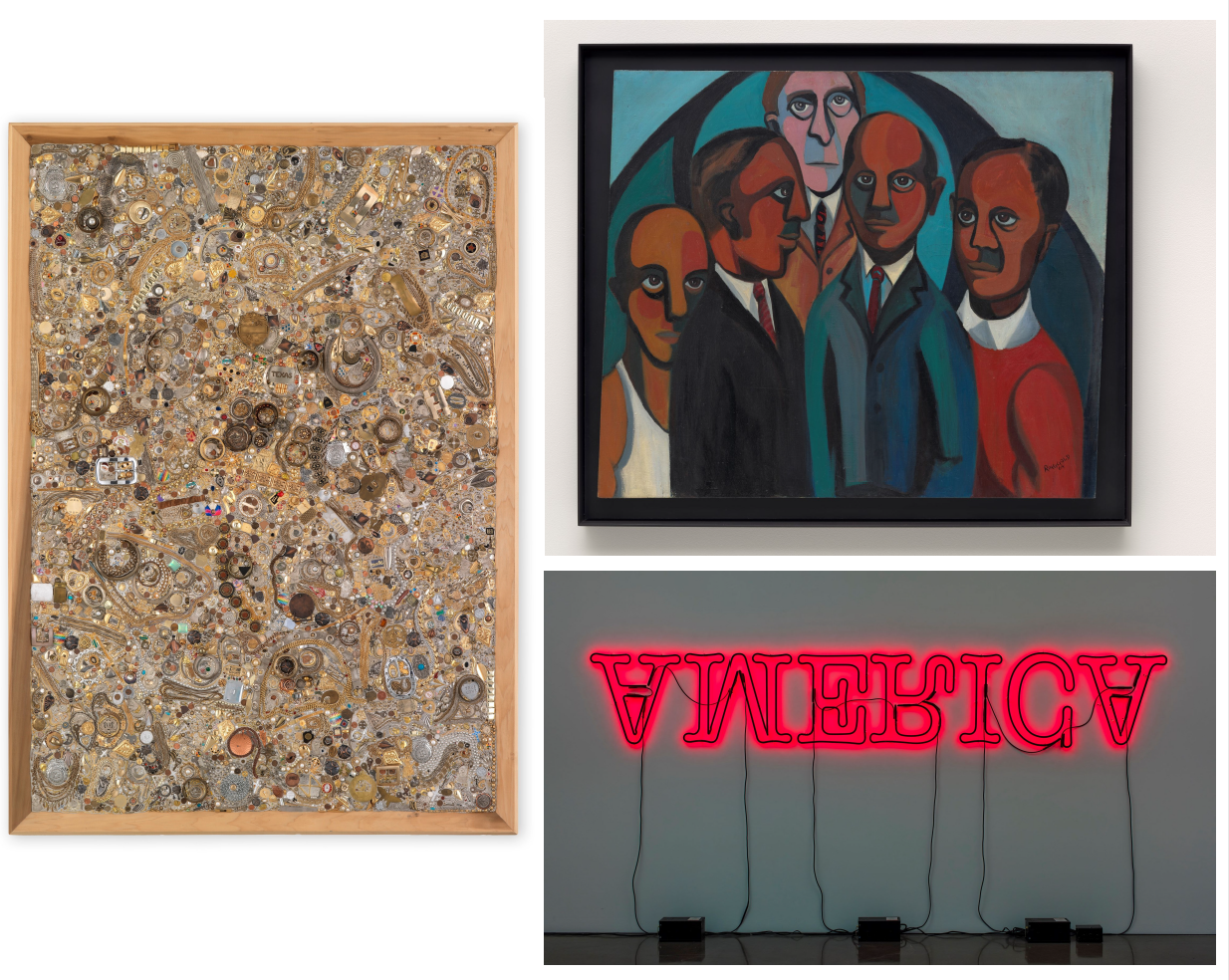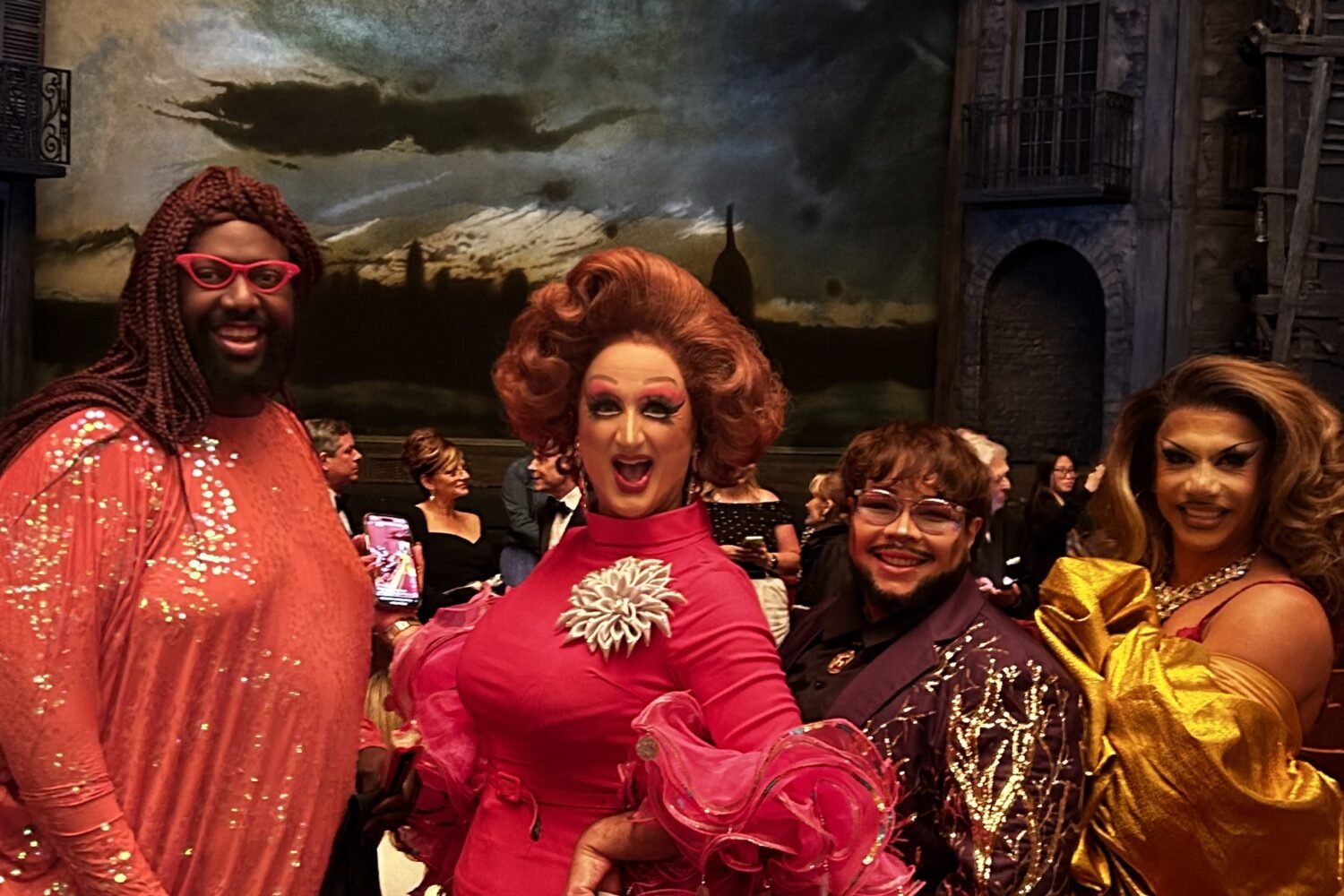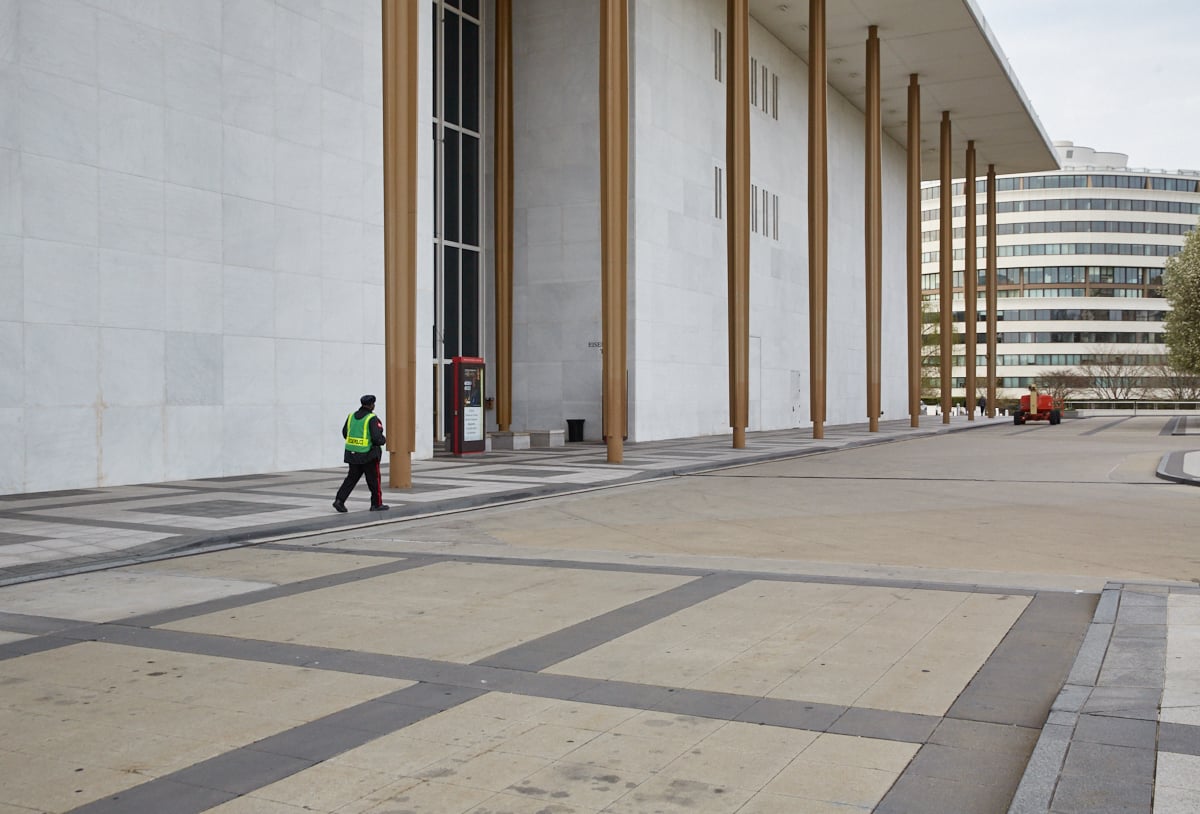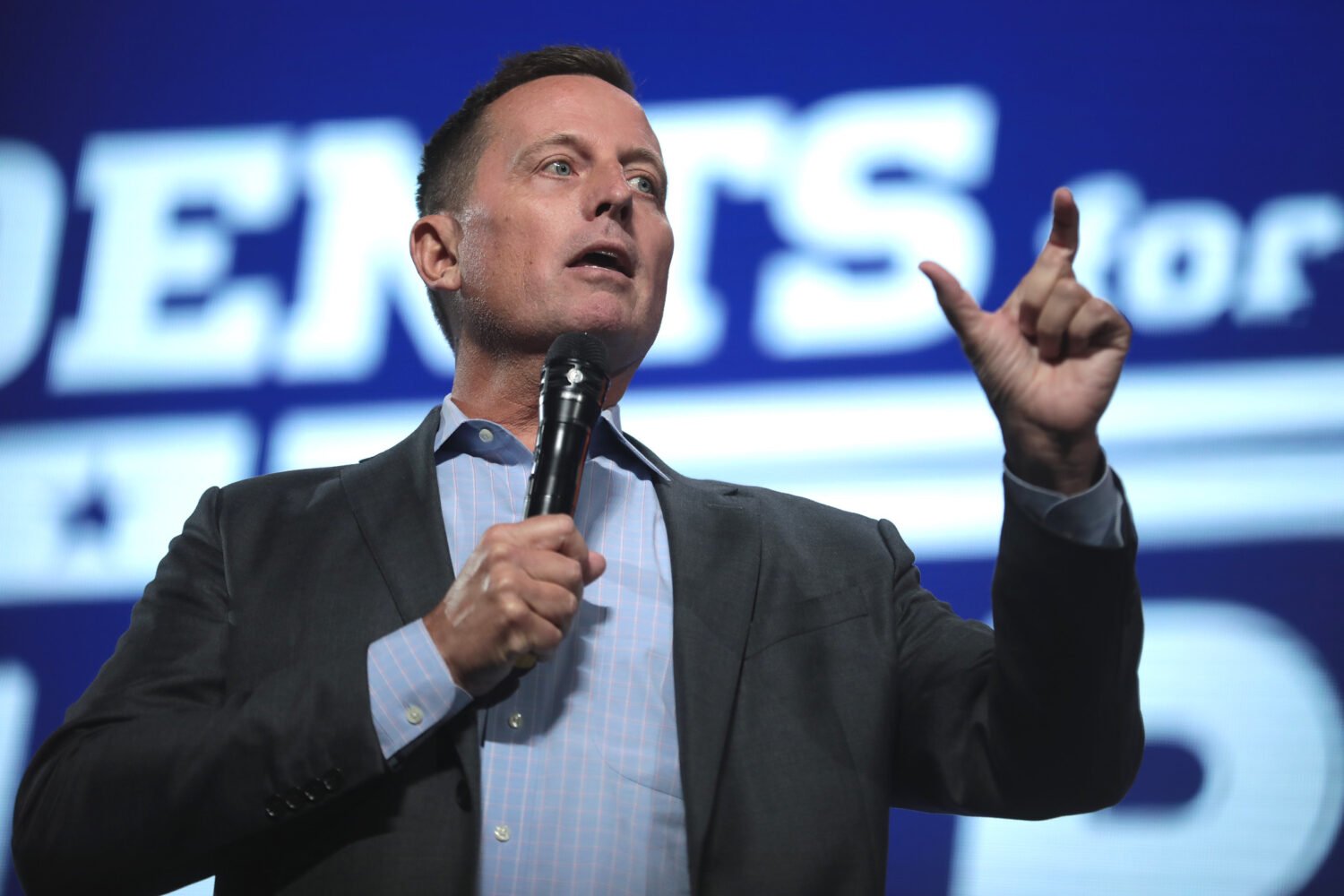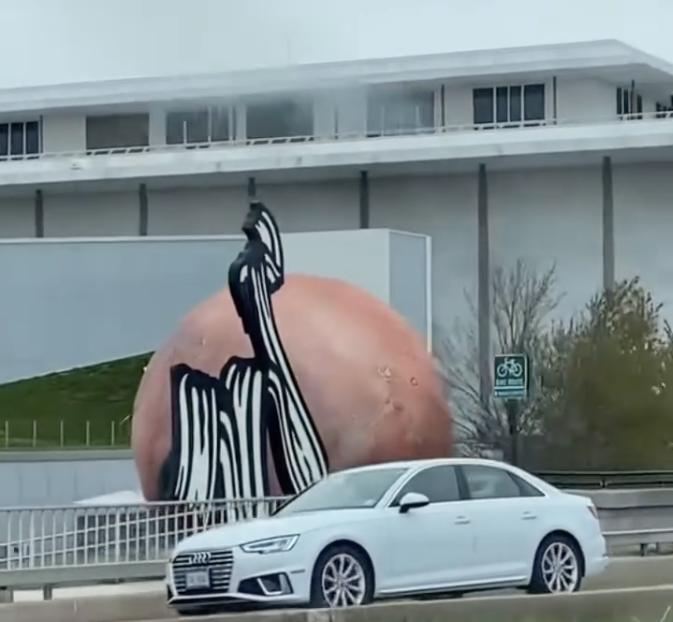From one great American institution to another, six works from Glenstone are taking a trip along the Potomac to be displayed at the Reach, the Kennedy Center’s new expansion, which opens to the public this weekend. Starting on September 7th, the works, ranging from aluminum paintings to mixed media on wood, will be on view alongside four other permanent pieces.
The exchange marks the first in an ongoing partnership between the Maryland-based museum and the Reach, which was formerly the Kennedy Center South Plaza. The Kennedy Center will also host a 16-day festival with a parade, storytelling workshops, film screenings, and more.
“As we prepare to open the doors of the Reach for the first time—with an action-packed 16-day celebration of the performing arts—we invite visitors to pause and consider this collection of visual works that augments our usual range of artistic programming,” said Kennedy Center President Deborah F. Rutter in a press release.
The installation will feature pieces made back when the Center’s namesake President was in office and up through 2018, from a range of artists with diverse backgrounds, including famous names like pop artist Roy Lichtenstein, painter and quilter Faith Ringgold, and conceptual artist Mike Kelley.
“Glenstone is honored to help celebrate the opening of the expanded Kennedy Center and we applaud their efforts to increase public access to one of our nation’s treasures,” said Emily Wei Rales, the director and co-founder of Glenstone.
Check out some highlights below.
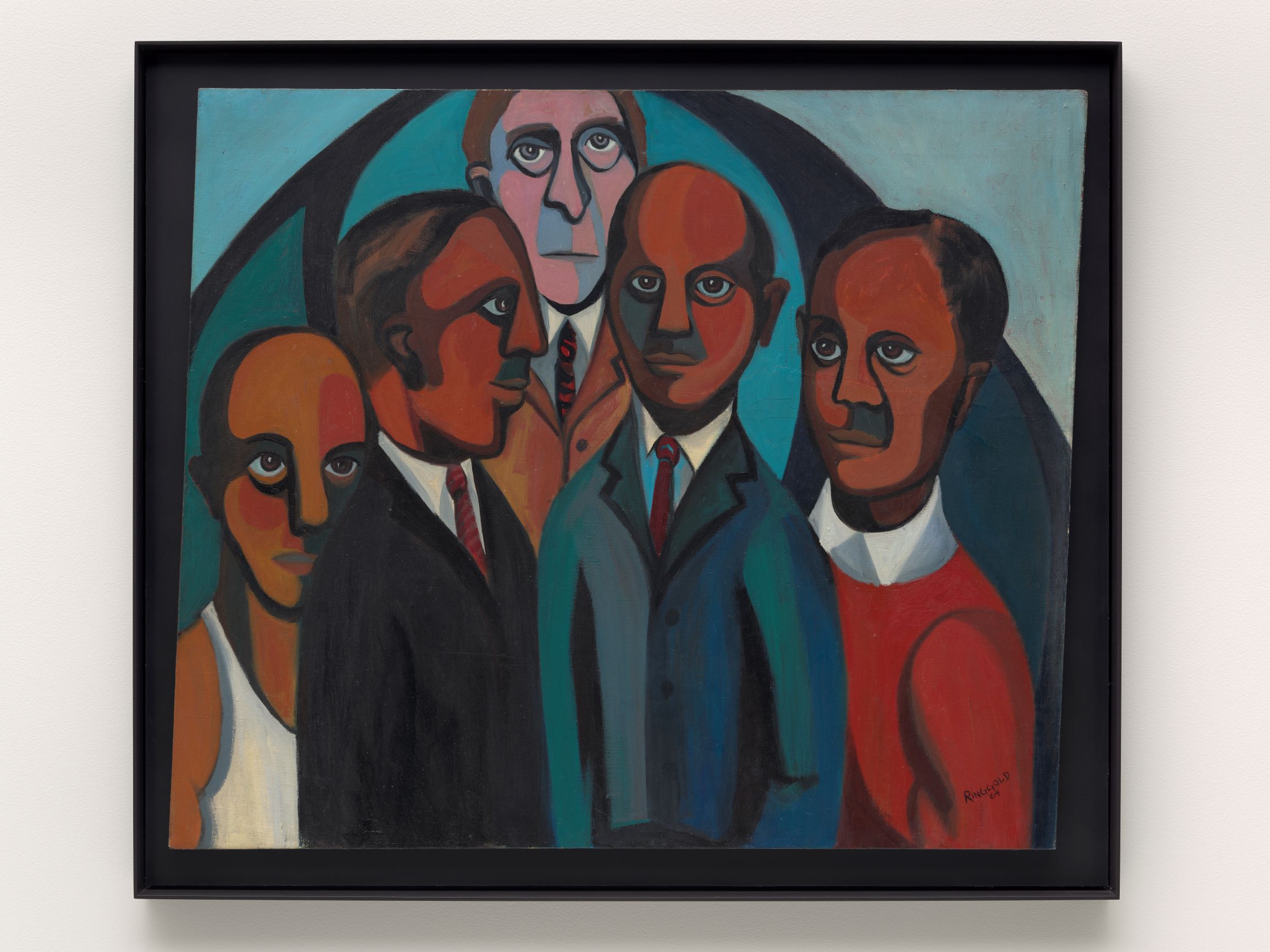
Part of Faith Ringgold’s “American People Series,” inspired by a summer she spent on Martha’s Vineyard in 1963, this piece highlights the strained interactions between black and white people during the Civil Rights movement. Titled the “Civil Rights Triangle,” the white man in the center is a reference to the white leadership of the NAACP at the time, while the black men surrounding him, among them lawyers and pastors, fill out the rest of organization’s ranks.
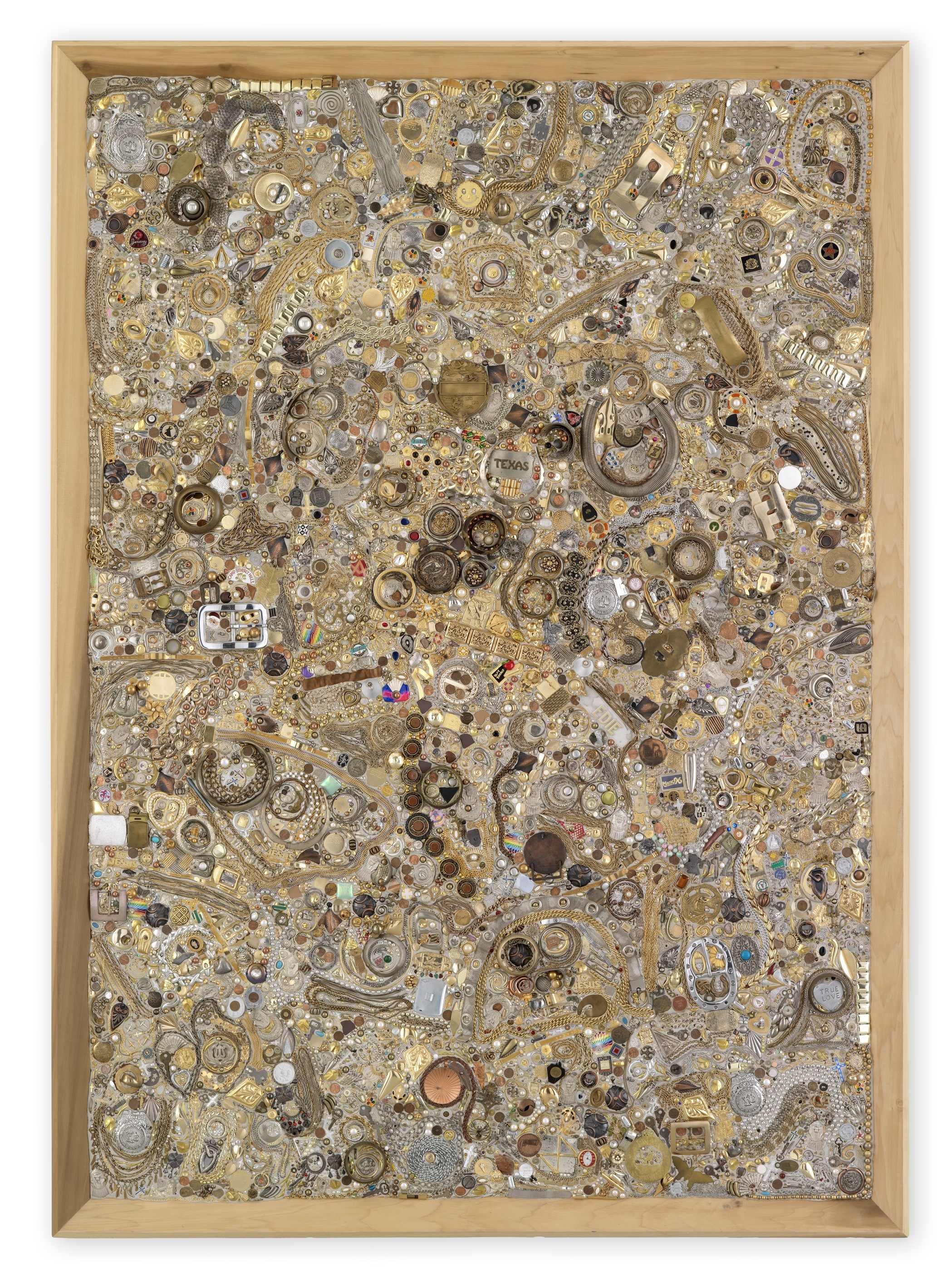
For “Memory Ware Flat #24” (above) and “Memory Ware Flat #25,” Mike Kelley combined buttons, beads, bottle caps, and other found objects on wood to tell a story.
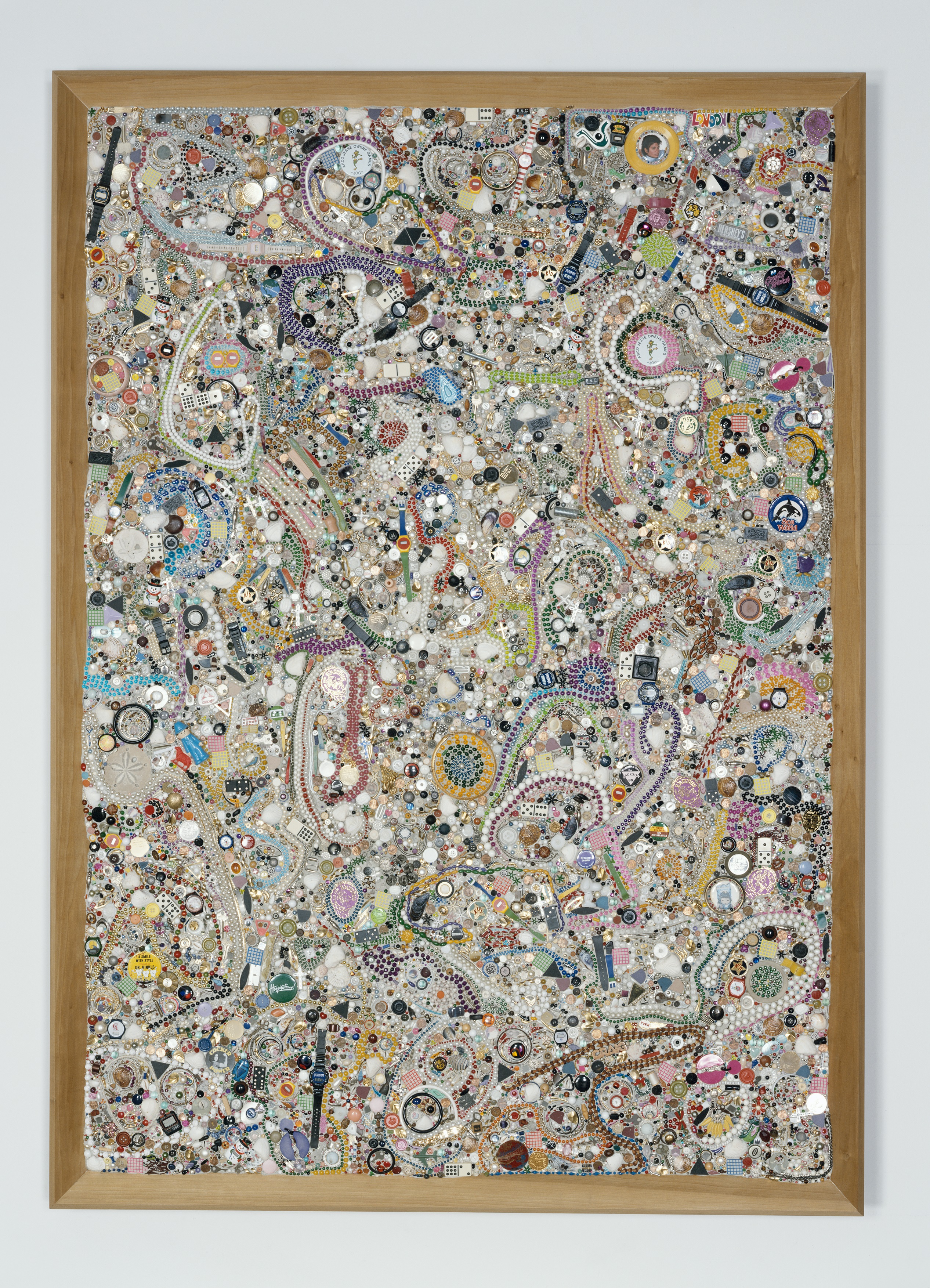
Inspired by the Southern folk tradition of memory ware, Kelley used “disconnected morsels of information” to create a cohesive narrative.
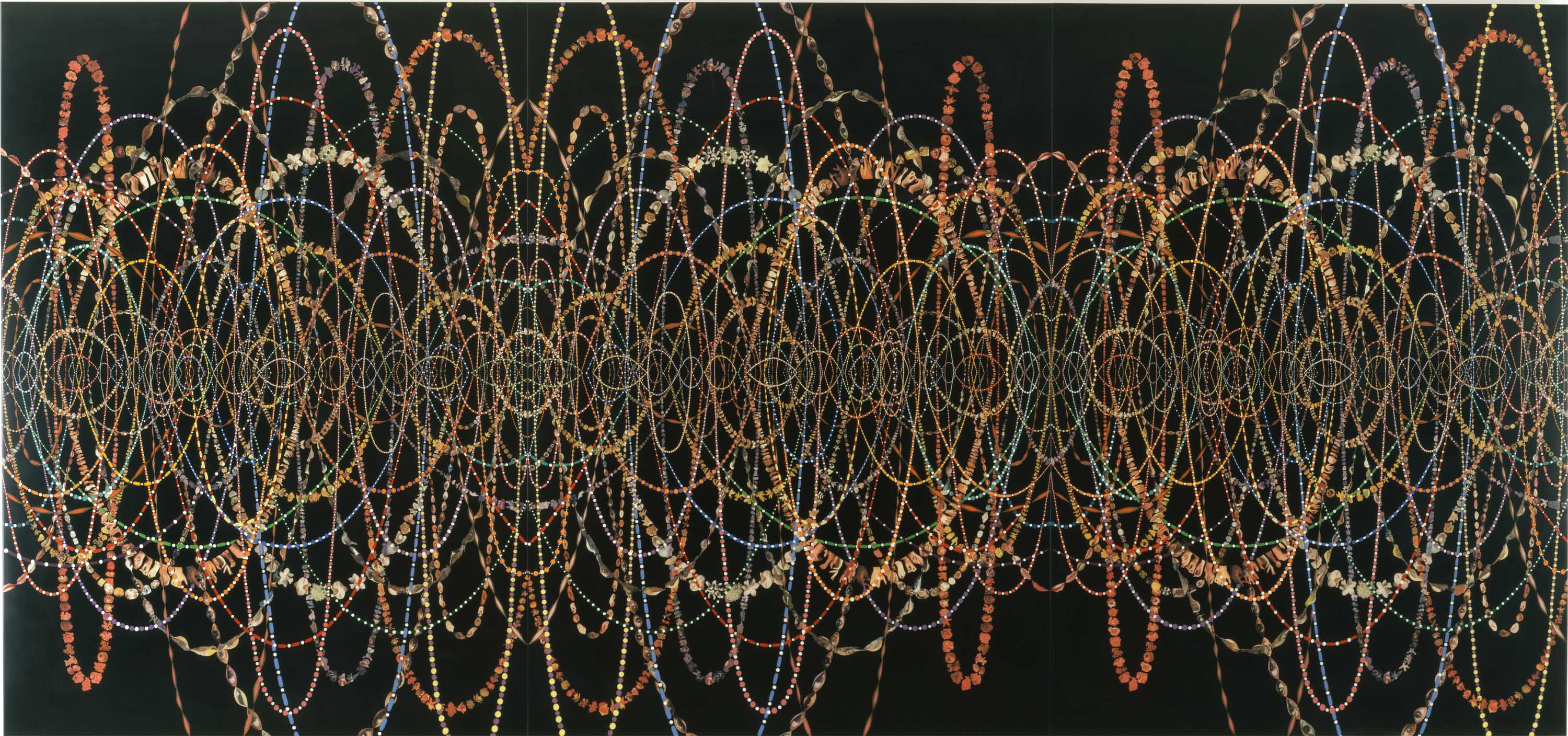
Hailing from California, Fred Tomaselli channeled his love of nature into his work, literally. For “Flipper,” he covered leaves, flowers, and printed cutouts in acrylic and polished resin. 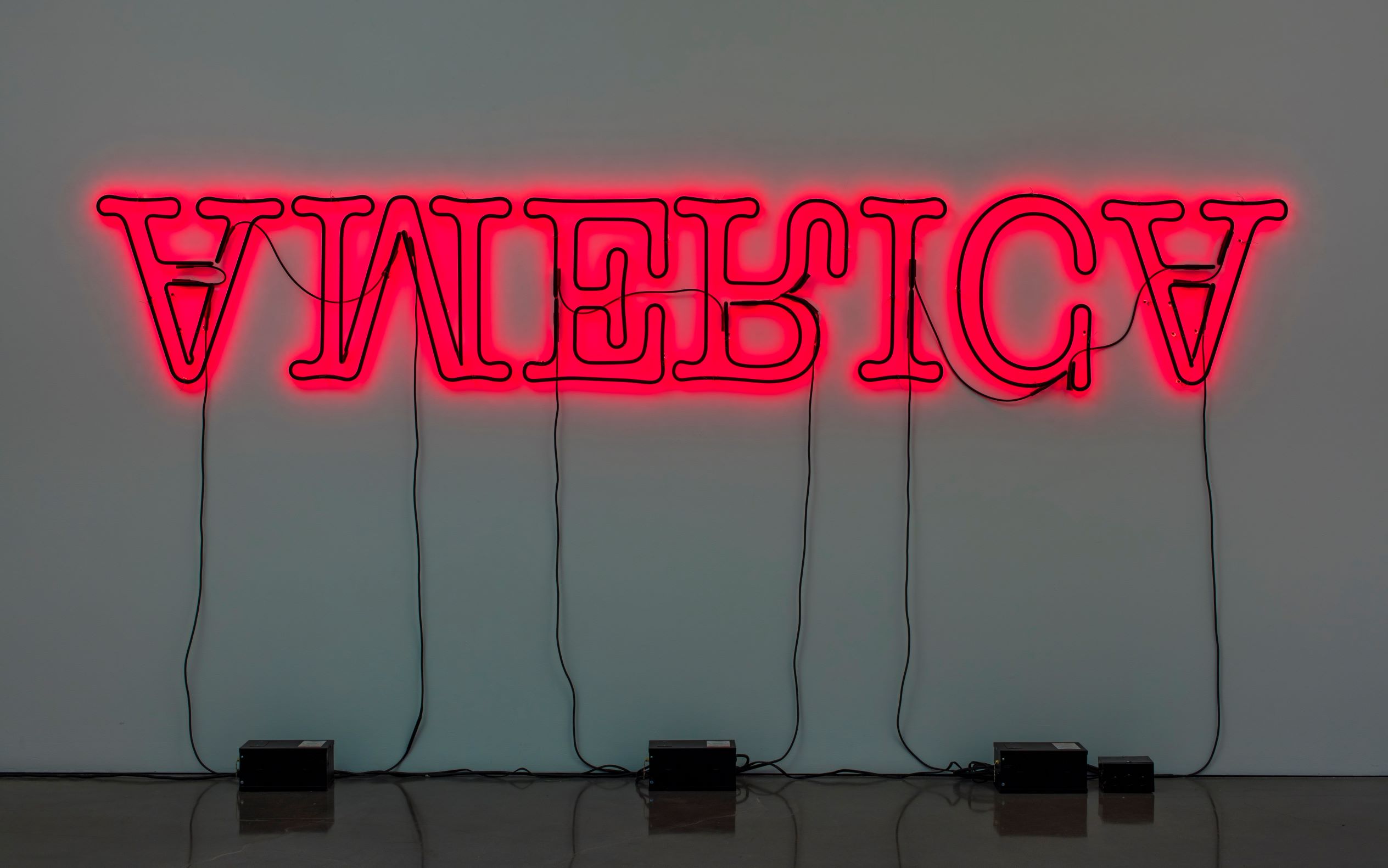
What better place to consider the American project and all its complications than the Kennedy Center? Glen Ligon’s work often deals with social justice—or a lack thereof—and here, his neon “Untitled, (America)” is turned on its head.
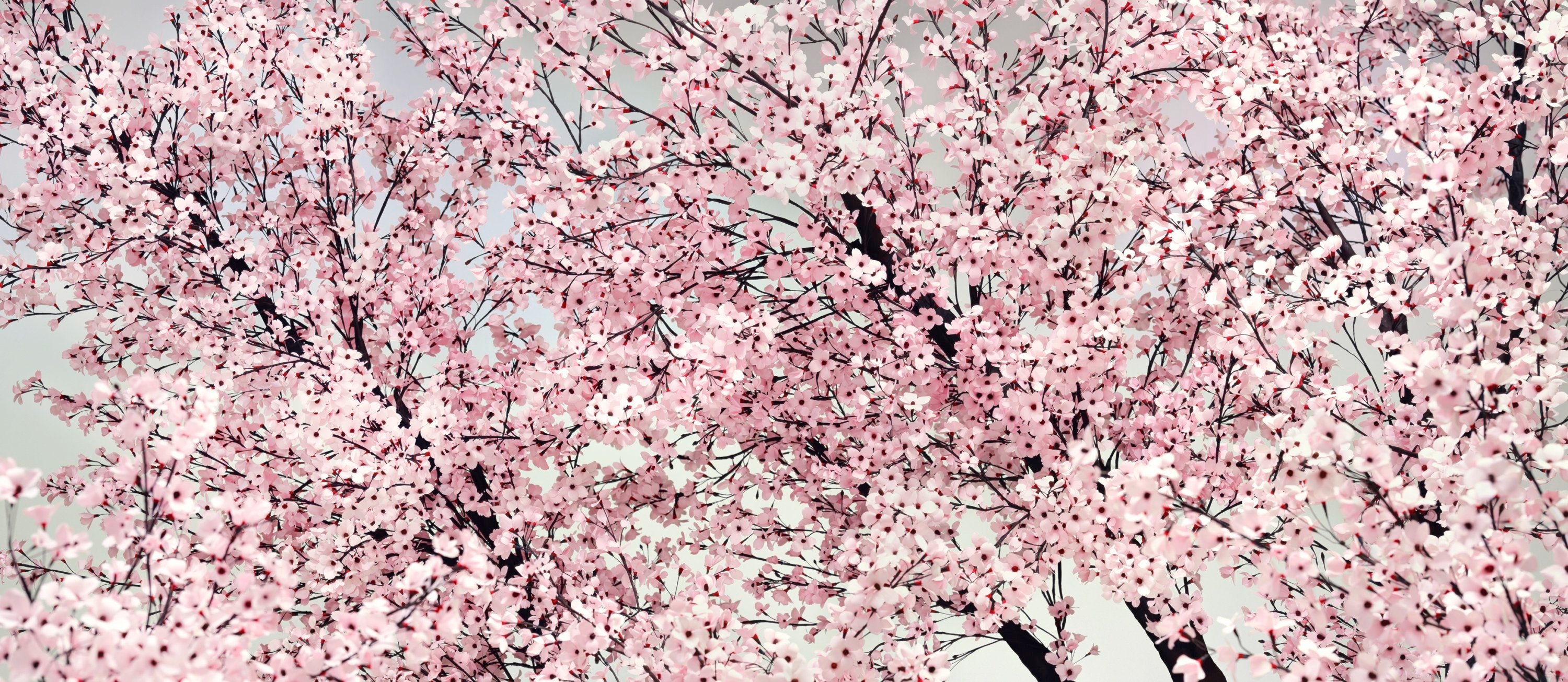
There’s another way to see cherry blossoms in DC. Thomas Demand builds objects with paper, takes a photo, and tears them down. Here, remaining work is planted in a place with a sinister backstory: the tree hangs over the fence of the Boston Marathon bomber.
Visual art at the Reach opens this Saturday, September 7th. During the festival, visitors must reserve free passes online for access to the grounds. On September 23, the Reach will begin regular business hours. Faith Ringgold’s piece will be up for six months, while the rest of the Glenstone works will be on view until September 2020.

